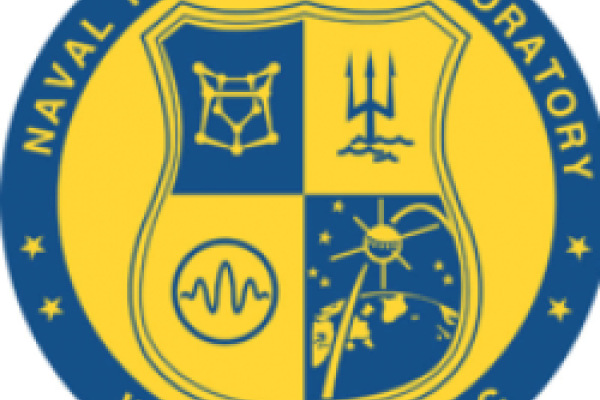
The field of laser plasma wakefield acceleration dates back to the initial publication by Tajima and Dawson in the late 1970's. In the past decade, the field has seen considerble growth due to significant experimental achievements. This is primarily due to the results obtained in 2004 by three independent groups, RAL (UK), LOA (France), and LBNL (USA). In these experiments, quasi-monoenergentic electron beams with energies in excess of 100 MeV were observed. These experiments marked the first time that beams with moderate energy spreads were produced. The observation of such quasi-monoenergetic beams was attributed to a wakefield regime where the electron plasma wave had become sufficiently nonlinear that a fully cavitated region or "bubble" had formed. Ambient plasma electrons were injected into this cavitation region and accelerated to high energy. As with most highly nonlinear processes, the acceleration was highly unstable and with no experimental evidence supporting the structure, control of the process was exceedingly difficult.
In this talk I will discuss how the interplay of theory, simulations, and experiments at NRL led to the discovery of a new form of radiation, second harmonic electro-optic shock, that has allowed deeper insight into acceleration in this fully cavitated regime. Through careful study of this radiation, information about the acceleration structure has been inferred and used to fine-tune the acceleration process. Shot-to-shot stable acceleration of 40 MeV electrons has now been achieved using only 10 TW of laser power. Characterization of this optical radiation and electron acceleration will be presented.
*Work supported by Office of Naval Research and Department of Energy
